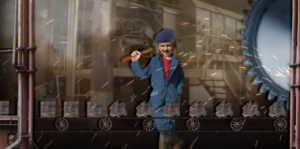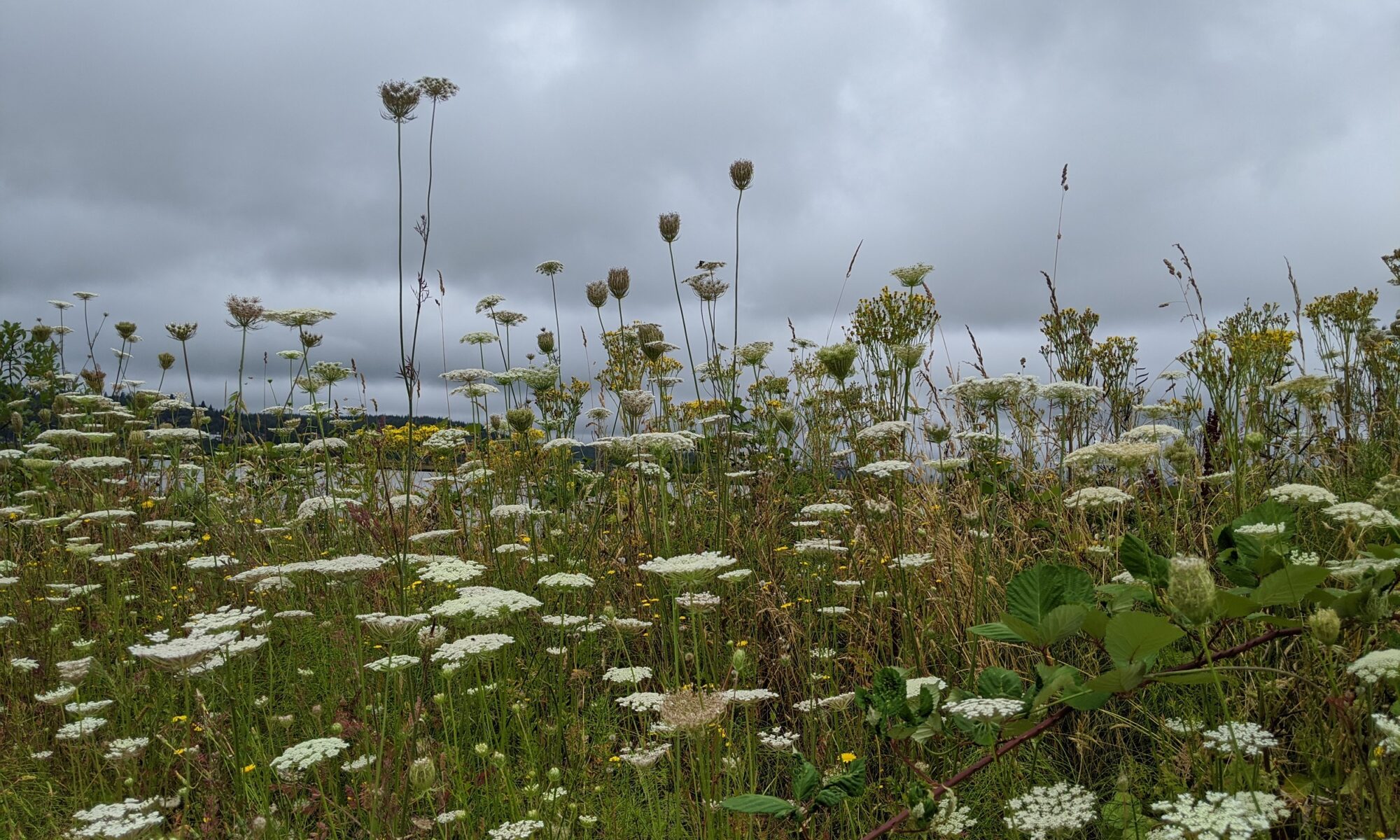
Yesterday was Labor Day in the United States, which means a three-day weekend for families and kids.
When one of my kids asked me a few days ago, “What’s Labor Day?”, I found myself unable to provide a better answer than: “It’s a break for people who work.”
That was pretty lame, and I knew it.
Traditionally, I’ve let schools take care of explaining holidays, figuring they would cover it in some fashion, and I would simply enjoy getting to spend the time off with my kids.
These days, however, everything around learning and understanding the world feels different. Since I’m with my kids all the time – well, not right next to them, but in proximity to – I find myself looking more often for “teachable moments”, a phrase used by teachers for taking advantage of authentic topics that crop up in life and can be the starting point for an interesting conversation and/or investigation.
The truth is, life is filled with “teachable moments” – in fact, you could argue it’s nothing but teachable moments, on some level, both positive and negative.
But in this case, I’m talking more specifically about a designated topic which you (i.e., the teacher or parent) want your child to deliberately consider and explore for at least a little while.
For instance: we saw an adorable baby frog near our lake shore last week, swimming around with its polliwog-ish legs, and landing repeatedly within ripples of the mild current before finally swimming off and out of sight. We talked about how amphibians need to have access to both land and water, and can’t ever become completely dry. We talked about whether it was appropriate to pick the frog up (we did, briefly), and then how long we should hold him before putting him back and resisting touching him again – and why this was important.
If my husband had been out there with us, he would have been able to provide quite a bit more information, since he tends to be a storehouse of facts about the natural world. And, if I’d been more intentional about turning this into an official “homeschooling” or “unschooling” moment, I could have required or encouraged my kids to do additional research back inside, and/or make some kind of report or poster or drawing.
I didn’t do anything of those things. Instead, I simply mentioned meeting the frog as a definite “high” of the day during dinner, when we all share our “highs and lows” – and the kids all agreed with me on that one. Since then, each time we’ve been out at the lake we’ve skimmed the shore for evidence of another frog. (We saw a cluster of eggs the other day, so we know there are more somewhere.) But otherwise, my approach has been hands off and relaxed.
How does this relate back to Labor Day? Well, in the case of explaining why we all had a day off of school and work, I knew I needed to do more than wait for a frog-like opportunity to appear on our shore.
So, I turned to the internet, and very quickly found this one-and-a-half minute PBS Kids video. I gave it a watch and was impressed by how much it succinctly conveyed in just 96 seconds.
I set an alarm on my calendar to “show kids Labor Day video” in the morning on Monday, and then when that moment arrived, I asked them to pause what they were engaged with to come gather around me. There was mild resistance from my youngest (who claims she “doesn’t like” PBS Kids videos), but I shushed them and said, “It’s short – just watch.”
While viewing, I paused a couple of times to point something out (it was moving quickly), but otherwise simply showed it to them, then asked afterwards, “So, what did you learn about Labor Day from this video?”
“It’s about making sure we have breaks.”
“Yes, that’s true… It’s important to have breaks when you’re working. What else?”
“It’s about having vacations.”
“Yes, that’s also important, for sure.”
I kept probing until we finally named several of the key take-aways from the video. When it comes to work, we agreed it’s important that:
- We don’t work too many hours each day or week.
- We are allowed to take breaks to use the restroom, to eat, and to relax.
- We get to take vacations.
- We are paid a fair wage.
- We work in safe conditions that won’t hurt us or kill us.
- Kids don’t have to go to work.
There were other important topics mentioned in the video, too – for instance, the “fight” required to obtain better work conditions.
On that note, later in the day – as were driving back home from a socially-distanced visit with my elderly parents, and were about to meet up with friends in our backyard for water time – I mentioned how nice it was to have time off to do this (i.e., to achieve a balance of rest, family, and friends) but/and how this wasn’t always the case. We had to fight for these rights, as my son quickly reminded us.
“What did that fighting look like?” we asked him. “Was it ACTUAL fighting?”
“No… People carried posters and protested.”
“That’s right. And what else did they do?”
This led to a (very brief) conversation about boycotts, unions, and collective bargaining. I’m sure all this went straight over the head of our 7-year-old, but my older two kids have now been exposed to these concepts – so when we bring them up again in other contexts, we’ll have the cognitive “anchor” of this video and our conversations to ground them back into what we hope becomes an ongoing and evolving discussion.
As a close to this mini-conversation, I said:
“Work is much, much better for many of us these days, but not for everyone. For instance, there are still places in the world where kids have to go to work. Can any of you tell us what some more recent labor issues have been here in the United States?”
This led us to talking about COVID-19 and workplace safety.
“Can you imagine having to work someplace where you’re forced to be right next to other people coughing and breathing, and you don’t have a mask to wear to protect yourself?”
“Or your employer forbids you from wearing a mask?” my husband chimed in.
There’s so much more to contemplate and discuss.
For now, I’m satisfied that my kids have a reasonable understanding of why we take the first Monday of each September off as a holiday, and why it’s important not to take workplace safety and fairness for granted.
I hope and assume they’ll continue to carry this “unschooling” learning moment with them throughout future months and years. The arc of learning is long, and happens whether we realize it or not. By bringing “teachable moments” to the surface, we can name and highlight these opportunities as key moments for powerful insights. And they don’t take long.
A silver lining of COVID-19 is that it’s made these opportunities more frequent – and I’ll take any silver linings I can get.*
* Even using the phrase “silver lining” with my kids so often during the pandemic has been a “teachable moment”. My language-loving son is fascinated by word origins, so we investigated how English-speakers came to use this phrase, and what it means. We didn’t actually find a satisfactory answer to this – it’s in a poem from the 1600s – so we had to brainstorm and hypothesize instead. Not all questions have satisfying answers…
Copyright © 2020 by HalfoftheTruth.org. Please feel free to share with attribution.
